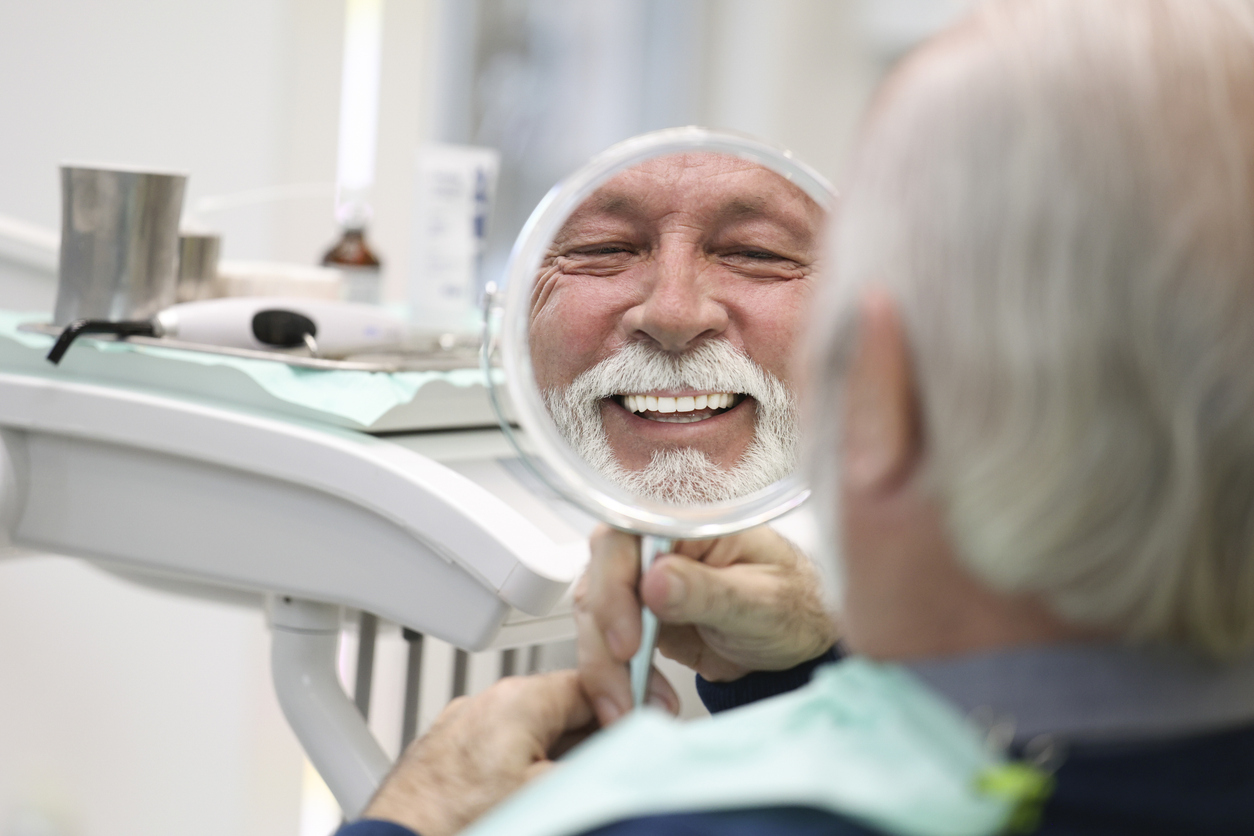
An essential part of good dental health is ensuring your gums and teeth are protected through thorough cleaning. This means not only brushing, flossing, and using mouthwash, but also that you arrange the occasional deep dental cleaning throughout the year. Deep dental cleaning ensures essential maintenance to help prevent gum disease, abscesses, tooth extraction, and more. Here, we’re going to look at what it is and why it’s so essential.
What Is A Deep Dental Cleaning?
Many patients visit periodontists for a cleaning, which involves removing plaque and tartar from their teeth and cleaning both above and below the gum line. Deep dental cleaning involves the same treatment, but also involves a thorough, careful cleaning of the surfaces of the teeth’s roots. This is also known as root planning.
Through root planing, Dr. Trujillo is able to remove plaque and tartar that is present on the roots’ surfaces, as well as smooth out rough spots of the surface that can harbor bacteria. Besides tools such as scalers, ultrasonic cleaners, and lasers to clean the surface, your periodontist may also use antimicrobial products that kill bacteria lingering beneath the gum line.
An Essential Treatment Against Gum Disease
When your gums are cleaned, free of bacteria and the rougher spots are smoothed out, the gums are able to better reattach to the teeth. The removal of plaque and tartar means a lower chance of infection from the bacteria in contact with your gums. It can also reduce the pain, swelling, and inflammation that are clear signs of gum disease. Left alone, gum disease can cause bad breath, pain, frequent bleeding, receding gums, sores, and tooth loss. It also puts you at a greater risk of infection and abscesses, which can be dangerous.
Gum disease is most often caused by a failure to meet good standards of dental hygiene through brushing and flossing. It’s important to have regular checkups and cleanings with your periodontist to prevent it when possible.
What To Expect From A Deep Dental Cleaning
Overall, the treatment can take from an hour to two, as the periodontist will need to take the time to test different areas of the gums to see how deeply they are affected. Some patients may need to return for multiple treatments. During the treatment itself, any pain should be minimized through the administration of numbing gels or injections of local anesthesia. However, you are likely to feel pressure while the periodontist works.
Following the treatment, the area may feel raw and sore, and you may experience some more bleeding. The periodontist may recommend over-the-counter painkillers, as well as rinsing with mouthwash or warm salt water to keep on top of bacterial growth. Otherwise, you may be advised to avoid regular dental hygiene until it’s recommended by the periodontist.
Schedule An Appointment With Your Phoenix Periodontist Today
If you want to learn more about deep dental cleanings or worry that your teeth aren’t getting the cleaning they need, then get in touch with your Dr. Trujillo, your Phoenix periodontist. We’re happy to answer any questions and arrange an appointment to ensure the best care for your teeth and gums.





